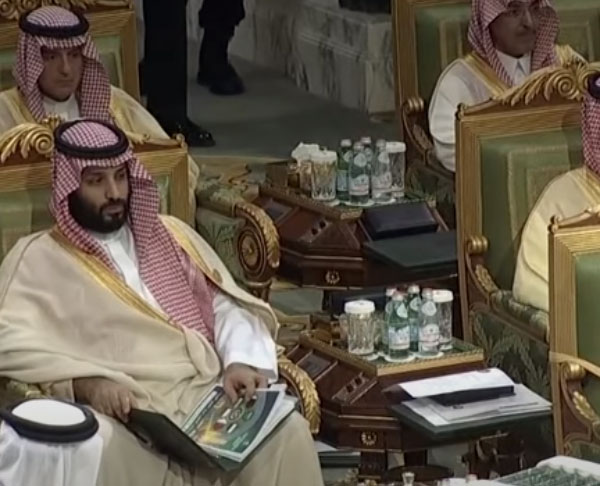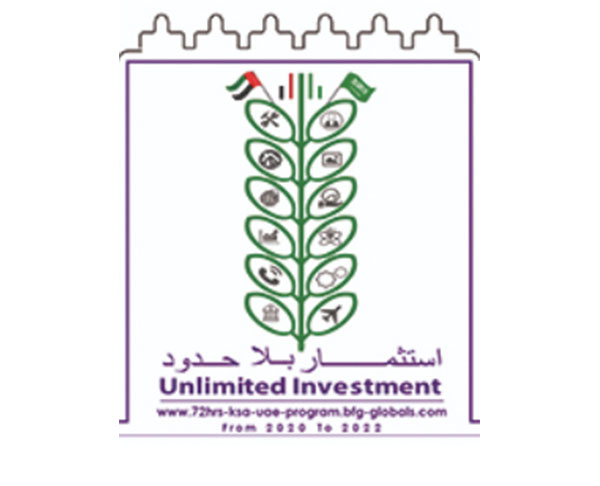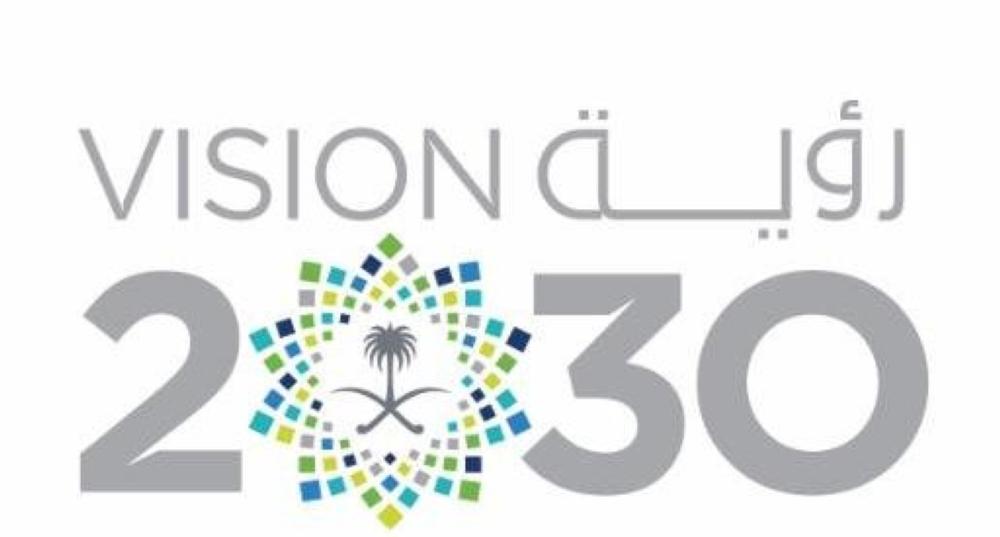The recently signed "Sino-Iranian" agreement would reduce “revolutionary” Iran to a Middle East Forum for advanced Chinese technology. This is part of the massive change that has occurred in the Middle East over the last ten years, which started with the Arab autumn and ended with the start of the political, economic, and geographic repositioning.
Tehran may believe it is wiser than the Chinese, and that it will use Beijing for its ventures and adventures into the area and beyond, but fact tells a different tale. We are witnessing an unfair fight between the new Chinese empire and the ‘mullahs of Qom,' who are still clinging to the delusions of Khosrau (Persian royalty) despite his empire's fall over 1400 years ago.
It was nothing more than a fight between modern philosophy and historical dreams. Iran, which claims to be independent of the Western scheme though showing animosity toward it, is revealed to be a tool of the massive Chinese scheme that charted its path 25 years ago at all hours of the day and night.
This change in the region's ties, and the dominant, powerful forces, is indicative of some global powers' retreat and the rise of others to take their place. It's a small framework with a maximum capacity of two powers. Who will ascend to the throne and who will plummet into the abyss?
This is due to the turbulence and shifting of allegiances and partnerships. Ultimately, this would result in the superpowers enforcing a new global vision for the next 100 years, one built on economic strength and resource depletion. Today, the West firmly believes that it was them who built China from nothing. They also claim that the West is responsible for China's recovery from decades of abject poverty.
The West also argues that it was they who helped China's independence after Japan's occupation. The West can replace China with another "factory," India, to create a new industrial area. The choice of a female American vice president of Indian descent was neither arbitrary nor a risky gamble. India has the same ability as China in terms of manpower, education, and labor costs. As a result, ‘India' must become the next China.
The Chinese are well aware of this. As a result, they want to keep the gains they've achieved, which is difficult to do. They want to be allies in the management of the country, not just workers in Western factories on Chinese soil. That is why China has entered Iran to encircle the current "Indian" superpower. The Chinese dragon's movements were based on two main angles.
First, to profit from the inconsistencies in American policies because of the conflict between two parties the Republican and Democratic parties, and the disparity in their policies around the world, especially in the Middle East.
Second, small countries that come under Chinese trade and control are enticed by large debts. The major question is: what will happen to the Middle East now that a powerful Chinese claw has set foot on Gulf shores for the first time? And what will countries like Saudi Arabia do, given their status as an Arab and Islamic center and the Chinese influence's proximity to their eastern shores?
Saudi Arabia, which has spent more than five decades amid a struggle between Western capitalism and Eastern communism, developing its abilities and facing existential risks, is worthy of being the nation that can find a balance among two daring forces.
This is based on the perception of the changing power balance, the struggle for influence, and the possibility of China's rise to become a power vying with America, and the creation of a set of relationships and ambitions, with "Saudi Arabia" seeking to be a logistical crossroads between East and West, with advanced tourism options, and an unparalleled technological vision for the future.
The world's other problem is how to stay together in the face of Western politics that has moved to the far left and a Chinese mindset that does not depend on permanent alliances, but rather trade and financial partners.
The Chinese mindset is geared toward securing long-term wealth and employment prospects for more than 1.5 billion Chinese people, accounting for more than 15% of the global population. Frivolity and unplanned adventures will not be able to solve this problem.
As a result, at this stage, one would have a good sense of the Chinese mindset, and also the Chinese demands and needs for secure energy resources and stable markets. Any imbalance or disparity between these would result in an unfathomable disaster.
























 ENG
ENG


























































تواصل معنا